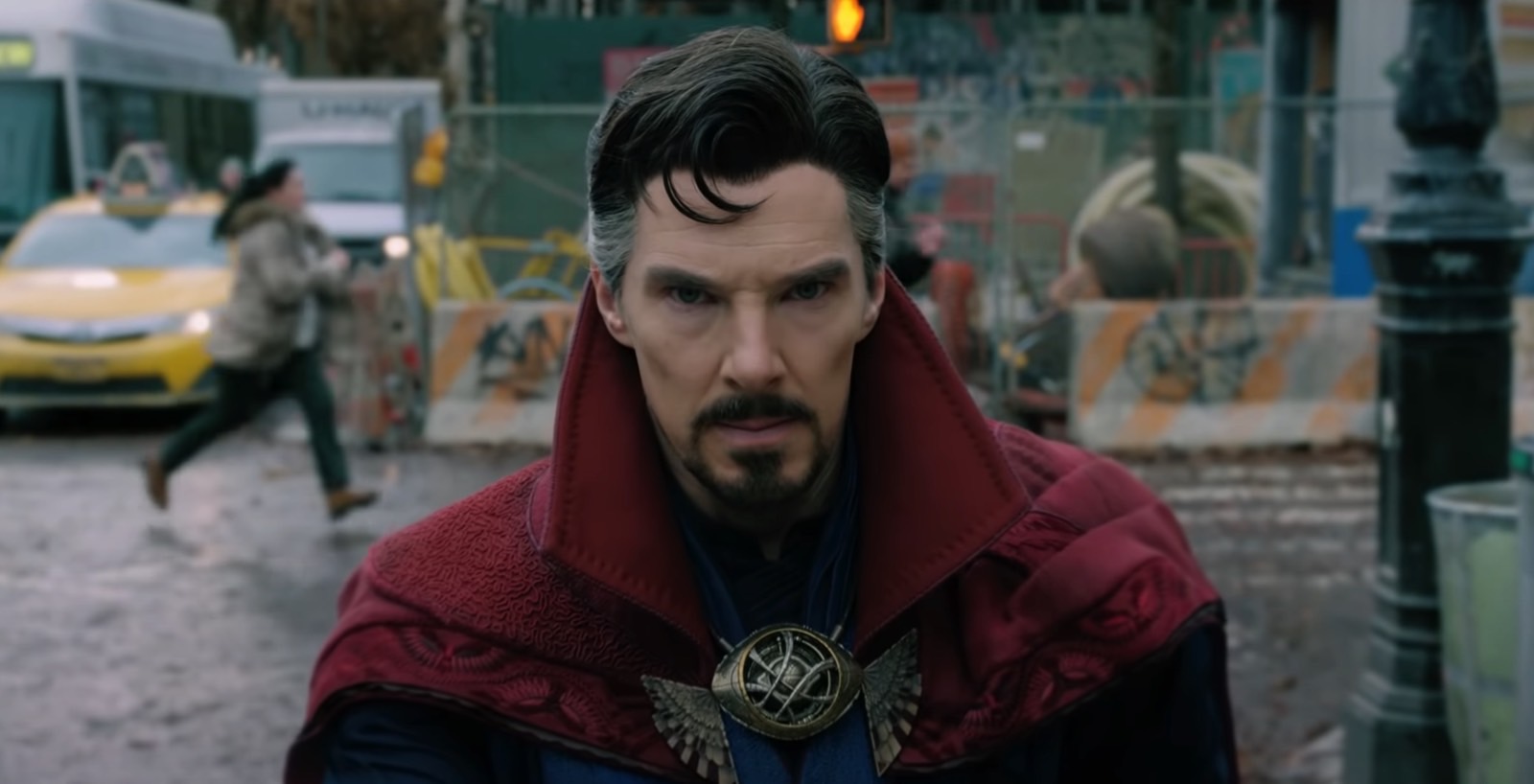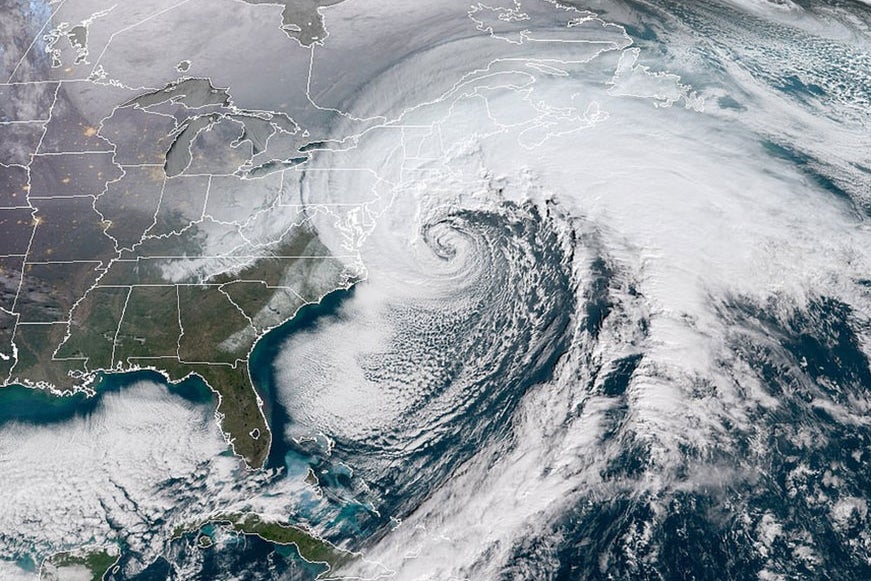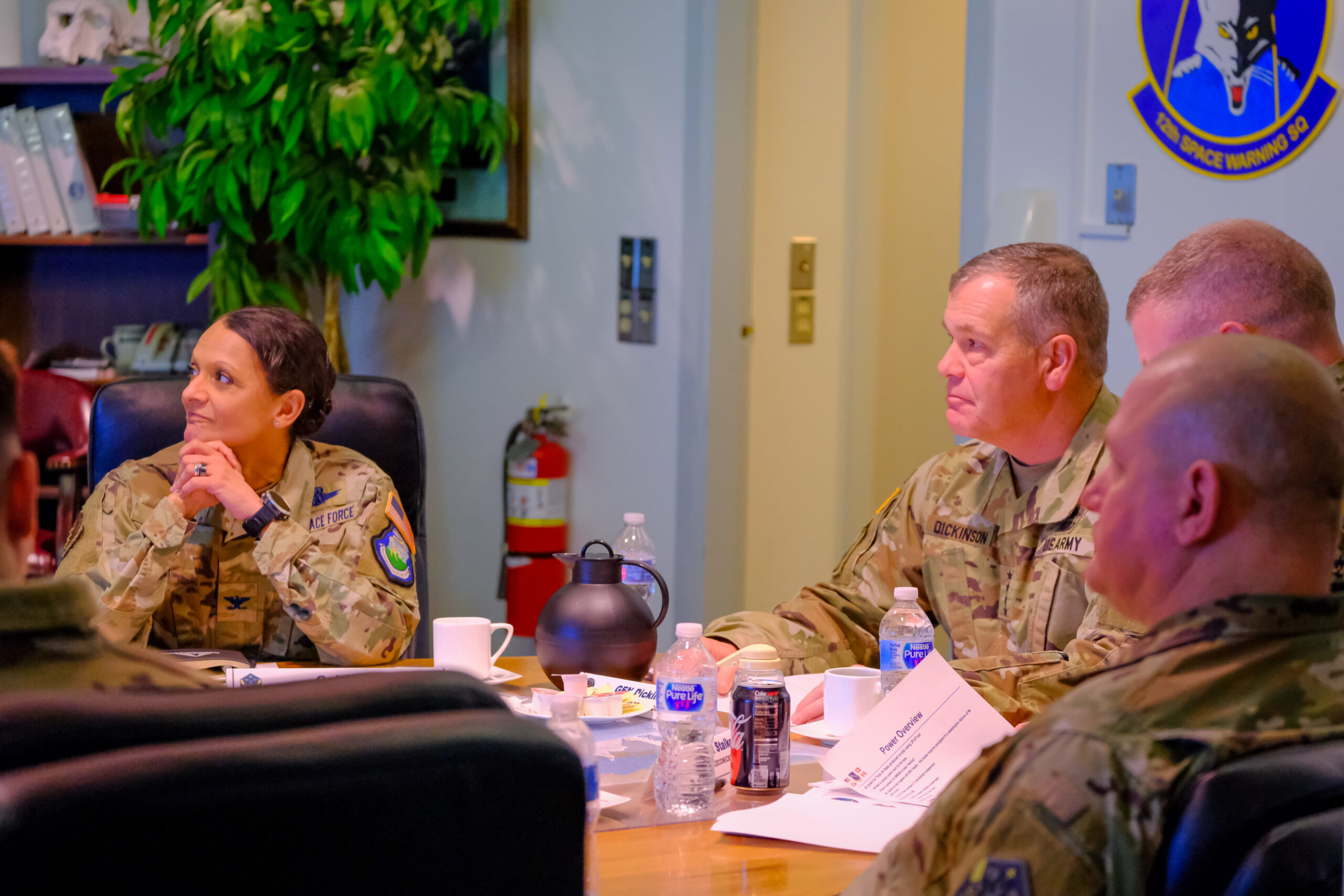Space Telescope Science Institute astronomer and data visualization expert Dr. Catherine Zucker and her colleagues have shown how a chain of events beginning 14 million years ago with a set of powerful supernovae led to the creation of the vast Local Bubble, responsible for the formation of all young stars within 500 light-years of the Sun.
An artist’s illustration of the Local Bubble with star formation occurring on the bubble’s surface. Image credit: Leah Hustak, Space Telescope Science Institute.
Today, as astronomers peer out into space from near the Sun, they have a front row seat to the process of star formation occurring all around on the bubble’s surface.
They first theorized that superbubbles were pervasive in the Milky Way nearly 50 years ago.
“Now, we have proof — and what are the chances that we are right smack in the middle of one of these things?” said Prfoessor Alyssa Goodman, an astronomer at Harvard University and the Harvard & Smithsonian Center for Astrophysics.
“Statistically, it is very unlikely that the Sun would be centered in a giant bubble if such bubbles were rare in our Milky Way Galaxy.”
“The Milky Way resembles very hole-y swiss cheese, where holes in the cheese are blasted out by supernovae, and new stars can form in the cheese around the holes created by dying stars.”
According to the team, all young stars and at least seven star-forming regions (molecular clouds) — within 500 light-years of Earth — sit on the surface of the Local Bubble.
The oddly-shaped bubble is not dormant and continues to slowly grow.
“It’s coasting along at about 6.4 km per second (4 miles per second),” Dr. Zucker said.
“It has lost most of its oomph though and has pretty much plateaued in terms of speed.”
“We’ve calculated that about 15 supernovae have gone off over millions of years to form the Local Bubble that we see today.”
The expansion speed of the Local Bubble, as well as the past and present trajectories of the young stars forming on its surface, were derived using data obtained by ESA’s Gaia star-mapping sattelite.
“This is an incredible detective story, driven by both data and theory,” Professor Goodman said.
“We can piece together the history of star formation around us using a wide variety of independent clues: supernova models, stellar motions and exquisite new 3D maps of the material surrounding the Local Bubble.”
“When the first supernovae that created the Local Bubble went off, our Sun was far away from the action,” said Professor João Alves, an astronomer at the University of Vienna.
“But about 5 million years ago, the Sun’s path through the Galaxy took it right into the bubble, and now the Sun sits — just by luck — almost right in the bubble’s center.”
Next, the team plans to map out more interstellar bubbles to get a full 3D view of their locations, shapes and sizes.
Charting out bubbles, and their relationship to each other, will ultimately allow the astronomers to understand the role played by dying stars in giving birth to new ones, and in the structure and evolution of galaxies like the Milky Way.
“Where do these bubbles touch? How do they interact with each other? How do superbubbles drive the birth of stars like our Sun in the Milky Way?” Dr. Zucker said.
The team’s paper appears today in the journal Nature.
_____
Zucker et al. 2022. Star formation near the Sun is driven by expansion of the Local Bubble. Nature, in press; doi: 10.1038/s41586-021-04286-5
Note: This article have been indexed to our site. We do not claim legitimacy, ownership or copyright of any of the content above. To see the article at original source Click Here











![[Covid 19] Comment le prometteur outil de BioNTech et Instadeep mêle modélisation biostructurelle et IA pour repérer les variants à risque thumbnail](https://www.industrie-techno.com/mediatheque/6/7/1/000047176_210x140_c.jpg)


